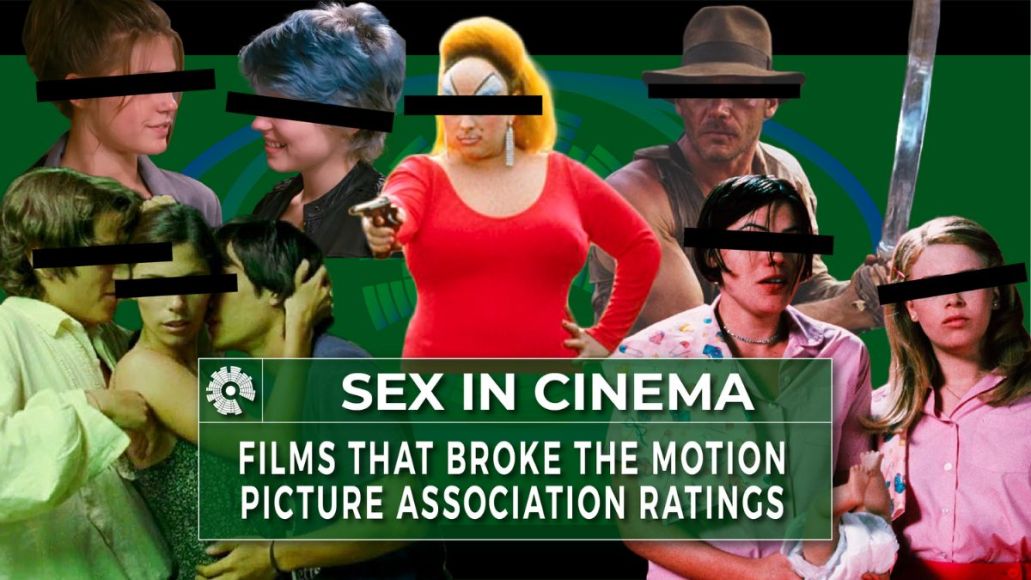During Sex in Cinema Week, Consequence is looking at movies, the Hays Code, and what society labels taboo. See our introductory breakdown here, visit our analysis of Hollywood’s Pre-Code era and the ensuing Hays Code, and check out our list of the 50 best sex scenes in film history.
With the dissolution of the restrictive Hays Code in 1968, filmmakers could take bigger risks than ever before. But there were still limits, thanks to a new organization, the Motion Picture Association of America (now shortened to MPA). When the MPAA, as it was known then, became the warden of censorship in US cinema, the rating system’s uneven assessments would often come at a severe cost.
The civil rights movements of the 1960s and the ensuing cultural reset spilled over into film, where depictions of sex, violence, drugs, andconversations around race became more widely accepted. The movie industry, bolstered by the success of both European cinema and the burgeoning film period deemed “New Hollywood,” grew in commercial and artistic scope. New audiences found their lives reflected on the silver screen for the first time.
Still, pushback towards what content was “suitable” was inevitable. As the Hays Code had done previously, the MPA and their rating system have served as a religious, conservative influence on Hollywood.
The notable 2006 documentary This Film Is Not Yet Rated summarized decades of hypocrisy and secrecy from the MPA’s ratings board. The double standards demonstrated a significant bias against queer folks and people of color, especially in regards to sex. They gave harsher ratings to films that featured female orgasms or homosexual intercourse, as well as those that were independently produced. The ratings board was comprised of people who were not cinematically trained, had no expertise in child development or had children over 18, and have had their identities shielded by the MPA; their appeals board has contained two members of the clergy.
The current era of the MPA system assigns a rating to films from five categories: G (General Audiences), PG (Parental Guidance Suggested), PG-13 (Parents Strongly Cautioned), R (Restricted), and NC-17 (Adults Only). The PG-13 rating was added in 1984, and the NC-17 rating was once an X, though the MPA changed it in 1990 to differentiate those movies from pornographic films. By now, most movie goers are well aware of the setup, and you can probably name the first R-rated movie. But the rating system has had sever consequences, both financially and artistically. Harsher ratings meant less people would see the film, and up until the streaming era, an NC-17 was a deathblow.
Even since This Film Is Not Yet Rated‘s scrutiny of the MPA over 15 years ago, our attitudes towards what ought to be censored have changed. In a post-#MeToo entertainment landscape, conversations around sexual politics are more visible than ever before. While there will always be groups of the population that object to simply having those conversations (remember when people were mad that Pixar’s Lightyear featured a gay couple?), we are, allegedly, living in a more sexually progressive age.
The idea that something is not “suitable” for audiences changes over time — but has the rating system changed alongside it? And what impact has it had on film history? Many ratings feel like a stretch; read below for 13 films that proved the system is actually broken.








